Like most families, the house of pickles has a ‘Matha’ and ‘Pitha’ too. They are masters of the household under whose care the rest of the family thrive. Avakaya (Matha – mother) and Gongura (Pitha – father) are the embodiments of the feminine and the masculine. Each of them has its own qualities that represent a whole line of pickles under which the rest fall depending on their qualities. Masculine and feminine in this scenario do not represent the genders of male and female but rather the energy associated with it.
Ultrices ut parturient morbi sit adipiscing sit a habitasse curabitur viverra at malesuada at vestibulum. Leo duis lacinia placerat parturient montes vulputate cubilia posuere parturient inceptos massa euismod curabitur dis dignissim vestibulum quam a urna.
https://www.shutterstock.com/image-photo/raw-mango-pickle-avakaya-pachadi-telugu-1717685851
Avakaya is a popular mango pickle from the southern regions of India. Originating in Andhra Pradesh, the pickle-making process is almost like a summertime ritual where lush green mangoes are plucked fresh from the tree and fermented using spices and oil. This age-old condiment is the treasure of every household and is relished and devoured every year without fail. The name is a wonderful amalgamation of aavaalu – mustard, and maavidi – kaaya, meaning raw mango. Though the Avakaya pickle is the mother of all pickles, it has multiple variations of itself depending on the demographic of its making. It is typically consumed with a serving of mouthwatering, hot rice and a dollop of aromatic ghee. It is also the perfect condiment to pair with a bowl of curd rice to experience the purity of joy like no other.
https://www.shutterstock.com/image-photo/indian-traditional-hot-spicy-gooseberry-pickle-1926903044
Gongura, the father of all pickles, is a brew of various ingredients and spices. Unlike Avakaya which is based on a sole component, the Gongura pickle or pachadi utilises a whole bunch of flavours like red chillies, mustard seeds, fenugreek, asafoetida and sesame oil to bring out its core essence. This blend of unique homegrown flavours is a carrier of the vast legacy of Andhra. Though not as tedious in its process as Avakaya, it still holds its equal place when it comes to taste. The only strenuous part lies in picking and cleaning the sorrel leaves. Similar to Avakaya, Gongura too has a list of varieties under it with slight variations to each recipe in terms of the percentage of spices added. All in all, it holds a major part of every South Indian’s heart and is a must on any plate that serves hot rice, a generous amount of ghee or sesame oil and rich creamy curd.
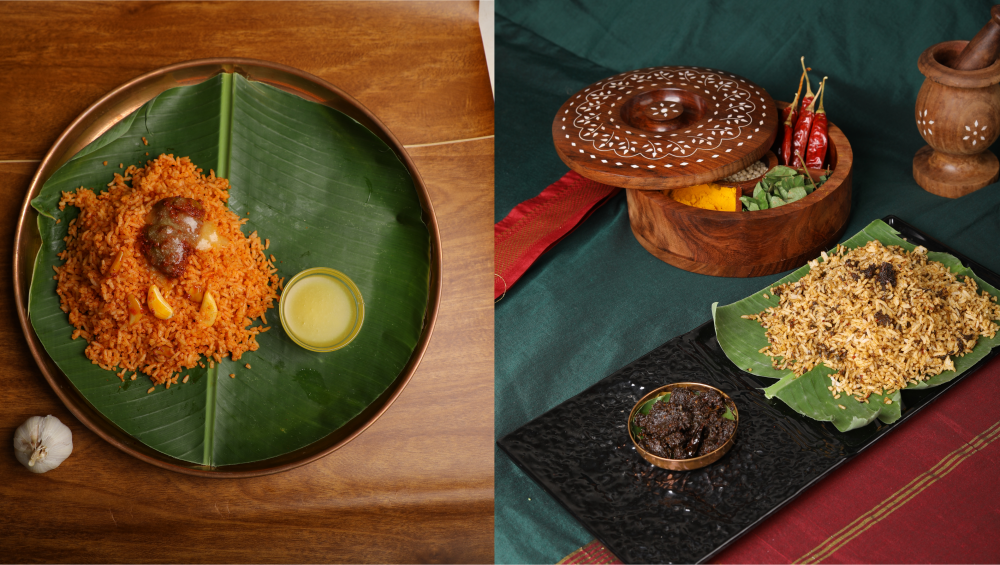
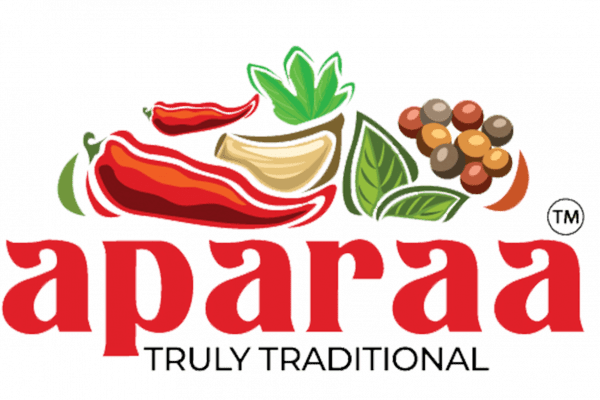
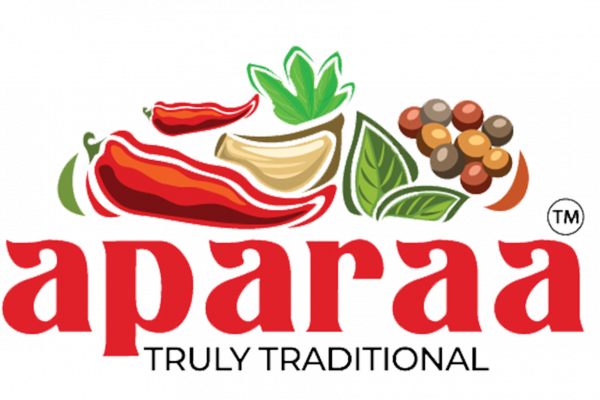
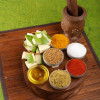
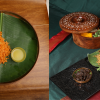
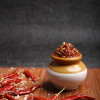
3 Comments
This is exactly what i was looking for, thank you so much for these tutorials
It would be great to try this theme for my businesses
What a nice article. It keeps me reading more and more!